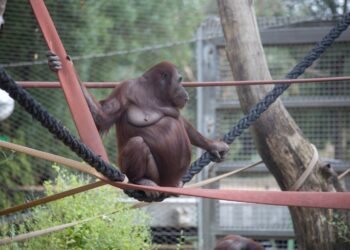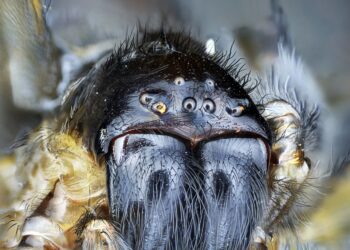Which marsupial is known for its hopping movement?

Koala
Kangaroo
Wombat
Tasmanian Devil
What is the primary diet of a Koala?

Grass
Eucalyptus leaves
Insects
Fruit
Which marsupial is the largest carnivorous one in Australia?

Kangaroo
Koala
Tasmanian Devil
Wallaby
What is unique about the Wombat’s burrowing habits?

Climbs trees
Lives underwater
Digs extensive burrows
Flies
Which small marsupial is known for its gliding ability?

Kangaroo
Sugar Glider
Koala
Wombat
Where is the Tasmanian Devil naturally found?
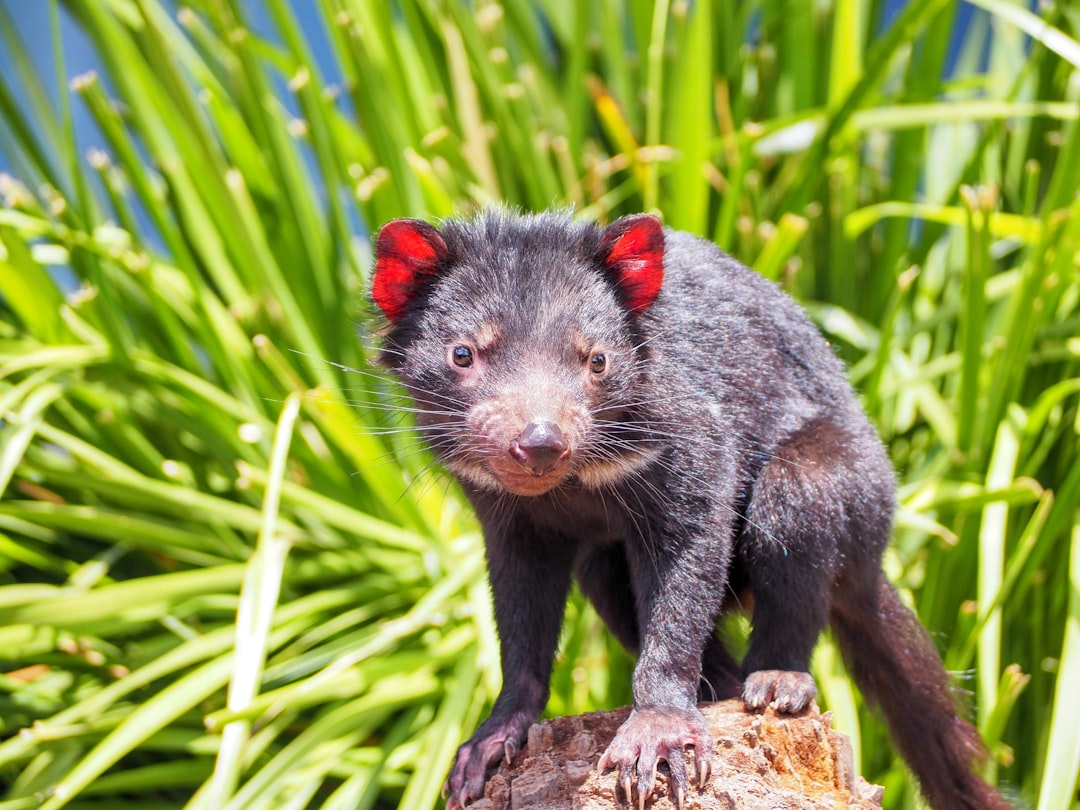
Mainland Australia
Tasmania
New Zealand
Papua New Guinea
Which marsupial has a pouch that opens to the rear?
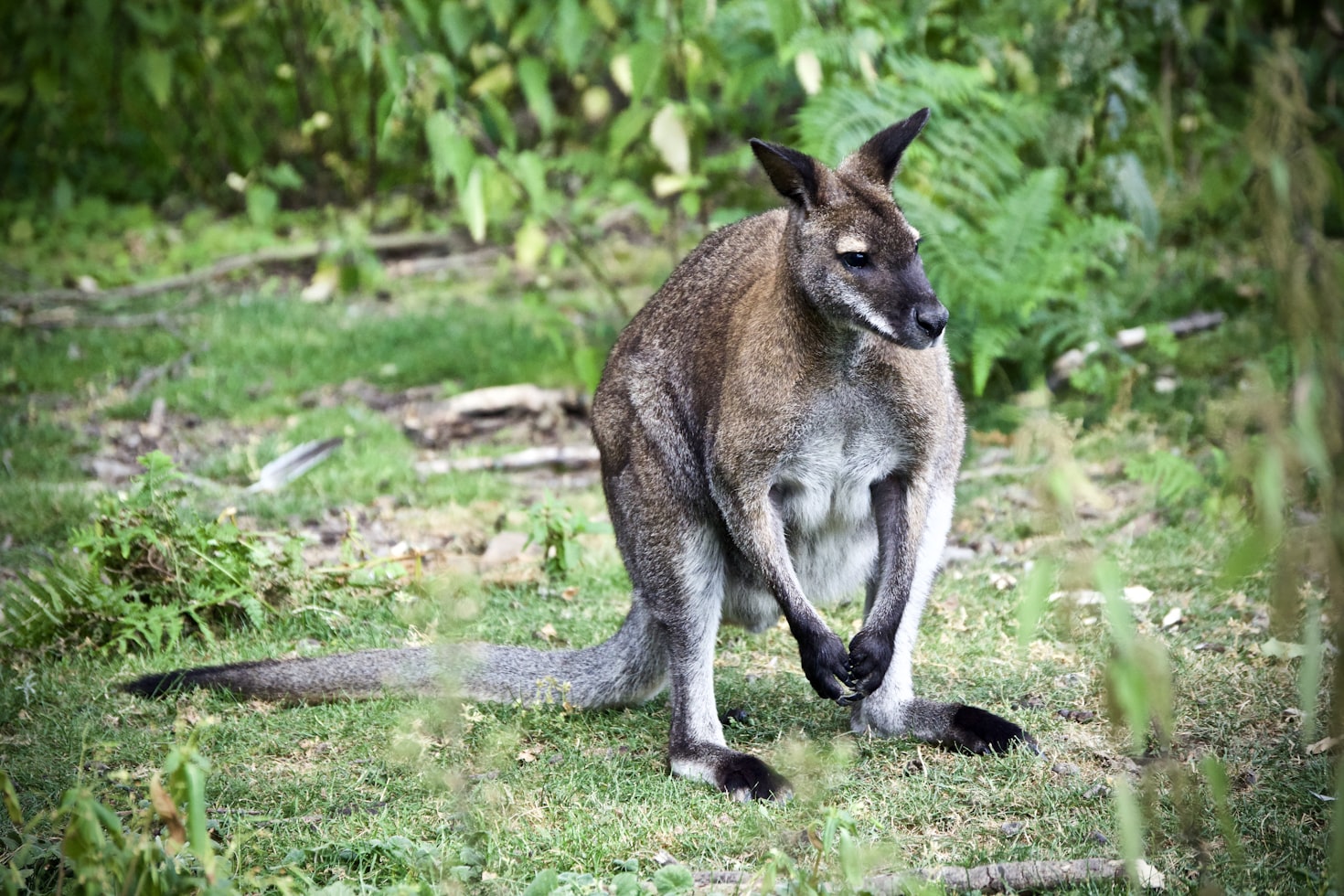
Kangaroo
Koala
Wombat
Sugar Glider
What is the gestation period of a Kangaroo?
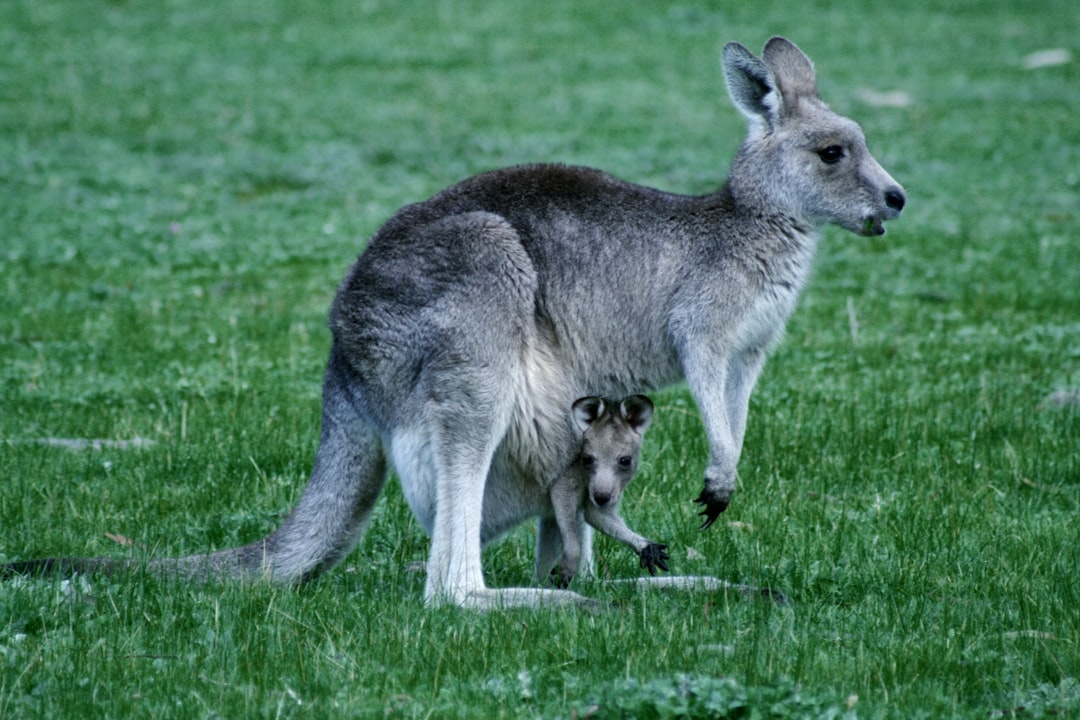
2 weeks
4 weeks
6 weeks
8 weeks
Which marsupial is known for its slow metabolism and long sleep?
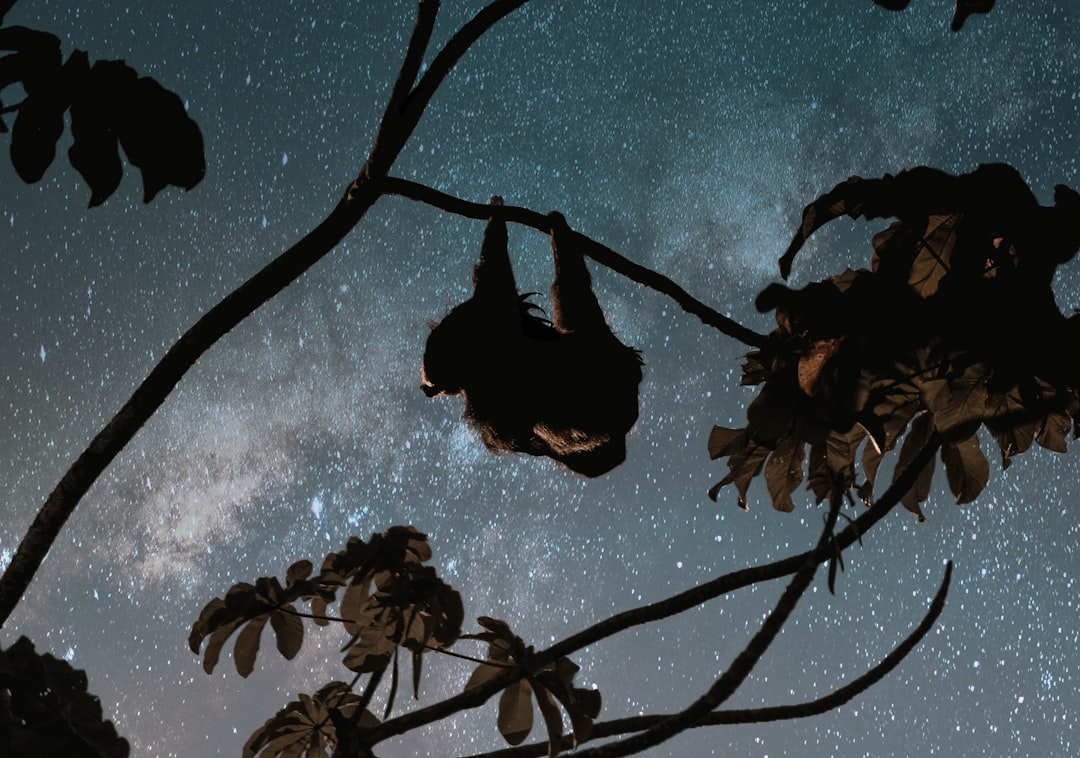
Wombat
Koala
Kangaroo
Tasmanian Devil
Which marsupial is endangered due to a contagious cancer?
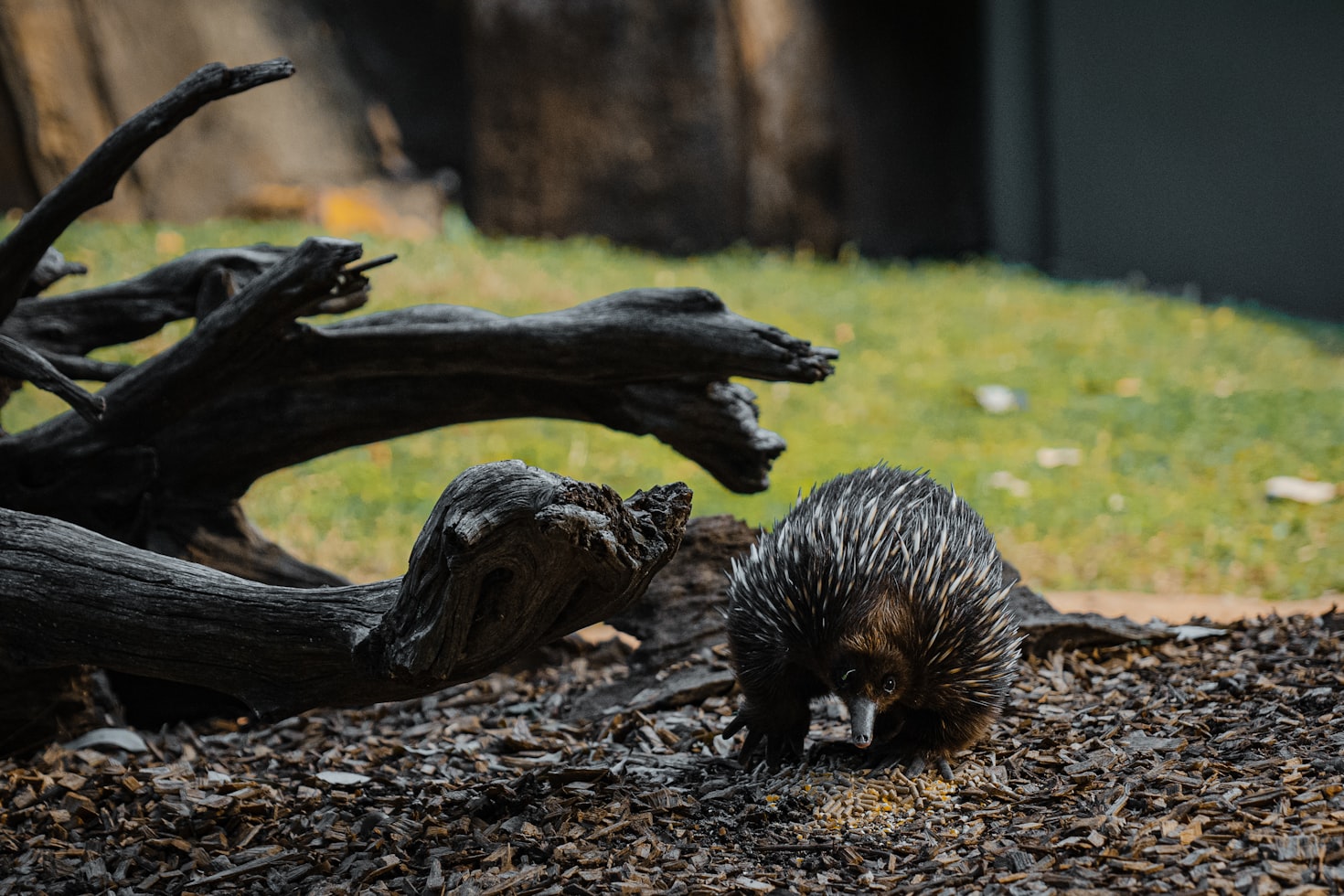
Kangaroo
Wombat
Tasmanian Devil
Koala
Which marsupial is known for having a backward-facing pouch?
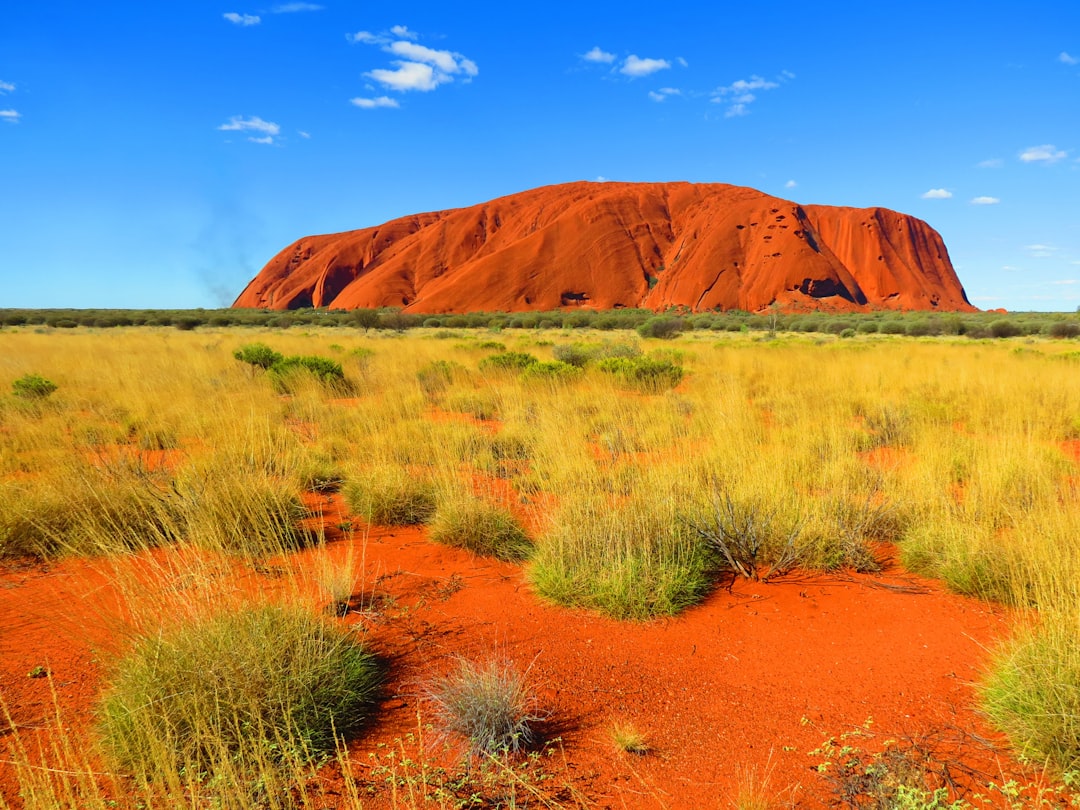
Numbat
Kangaroo
Koala
Bilby
What is the main diet of a Numbat?

Eucalyptus leaves
Termites
Fruit
Grass
Which Australian marsupial is known for its distinctive, high-pitched cry?
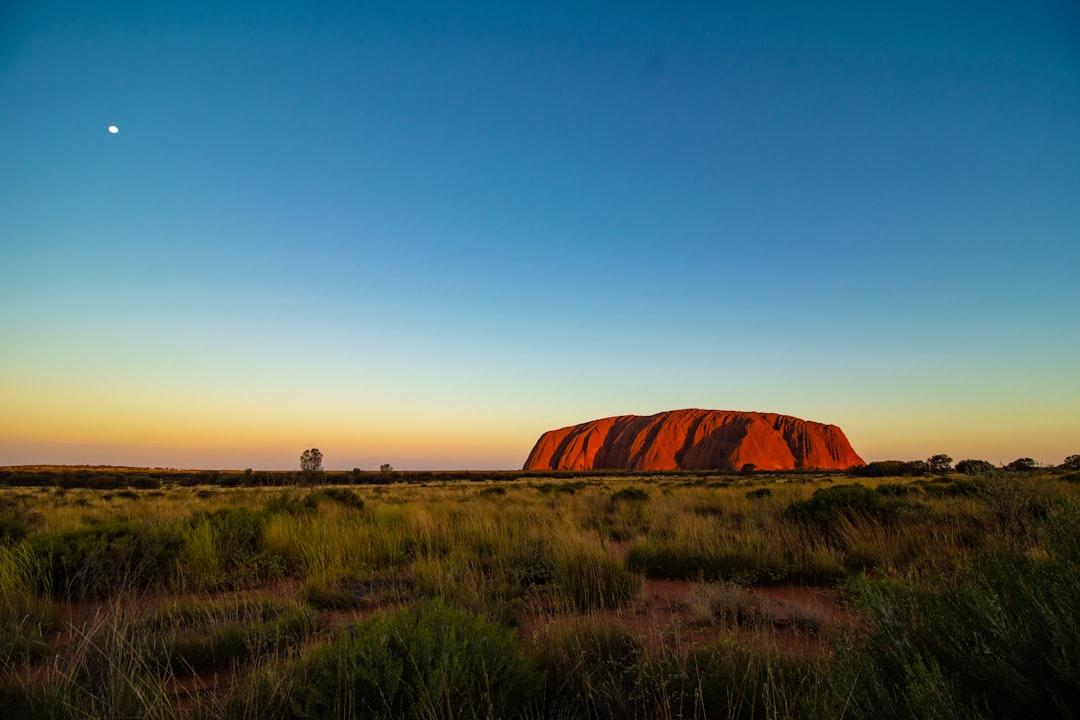
Wombat
Kangaroo
Quokka
Tasmanian Devil
Which marsupial has the nickname “Smiling Marsupial”?

Kangaroo
Quokka
Koala
Numbat
Which marsupial uses a unique “bark” to communicate?
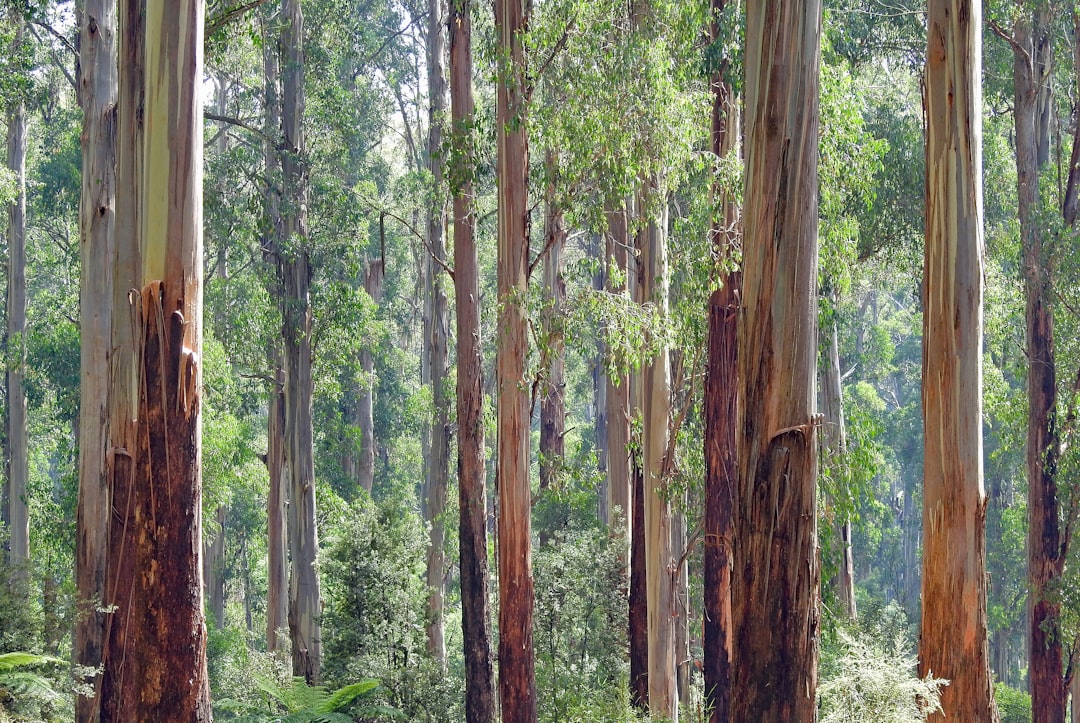
Koala
Kangaroo
Wombat
Quokka
Which marsupial is known to be nocturnal and highly solitary?

Quokka
Koala
Wombat
Kangaroo
What do Sugar Gliders primarily eat?
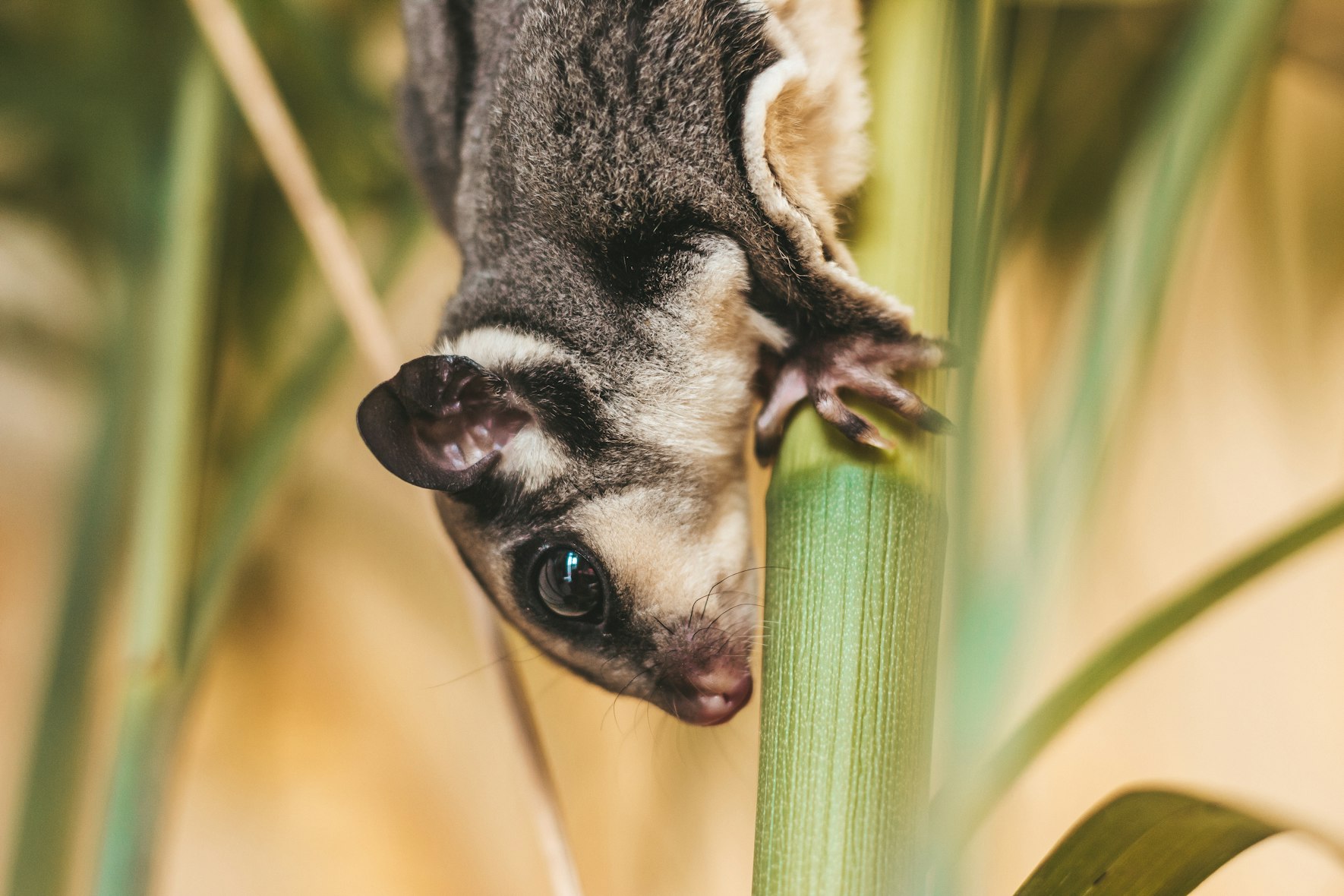
Insects and nectar
Grass
Leaves
Fruit
Which marsupial can carry its young in a tail pouch?
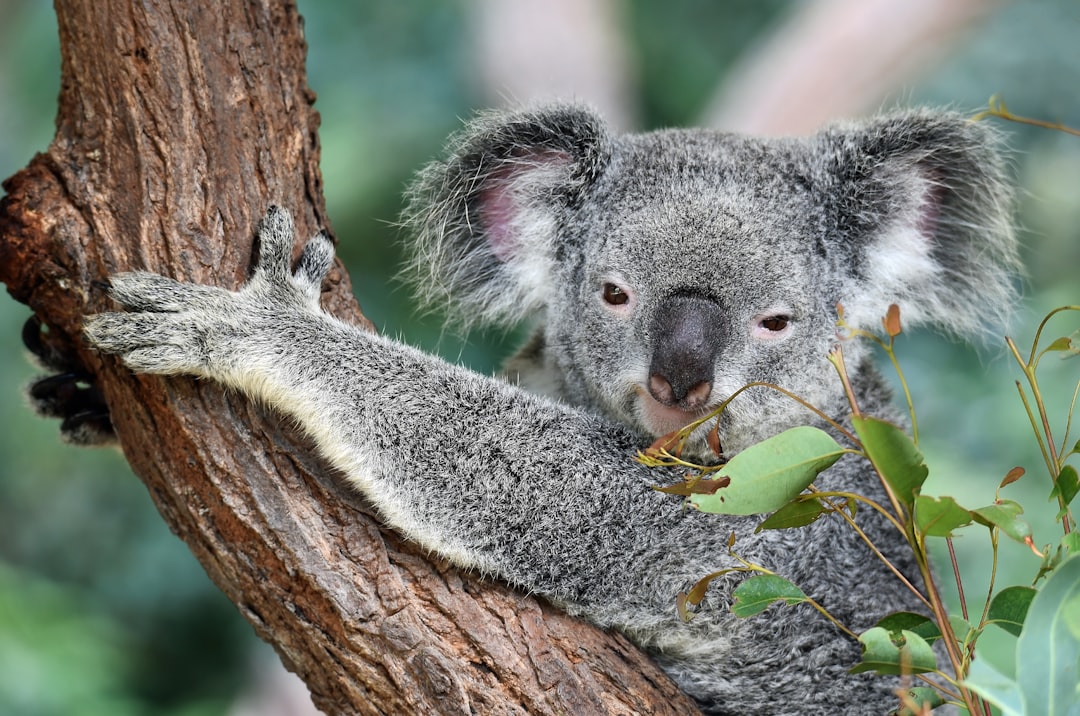
Numbat
Koala
Kangaroo
Sugar Glider
Which marsupial has a large, flat tail used for balance?

Wallaby
Koala
Wombat
Kangaroo
Which small marsupial is noted for its rapid reproductive rate?
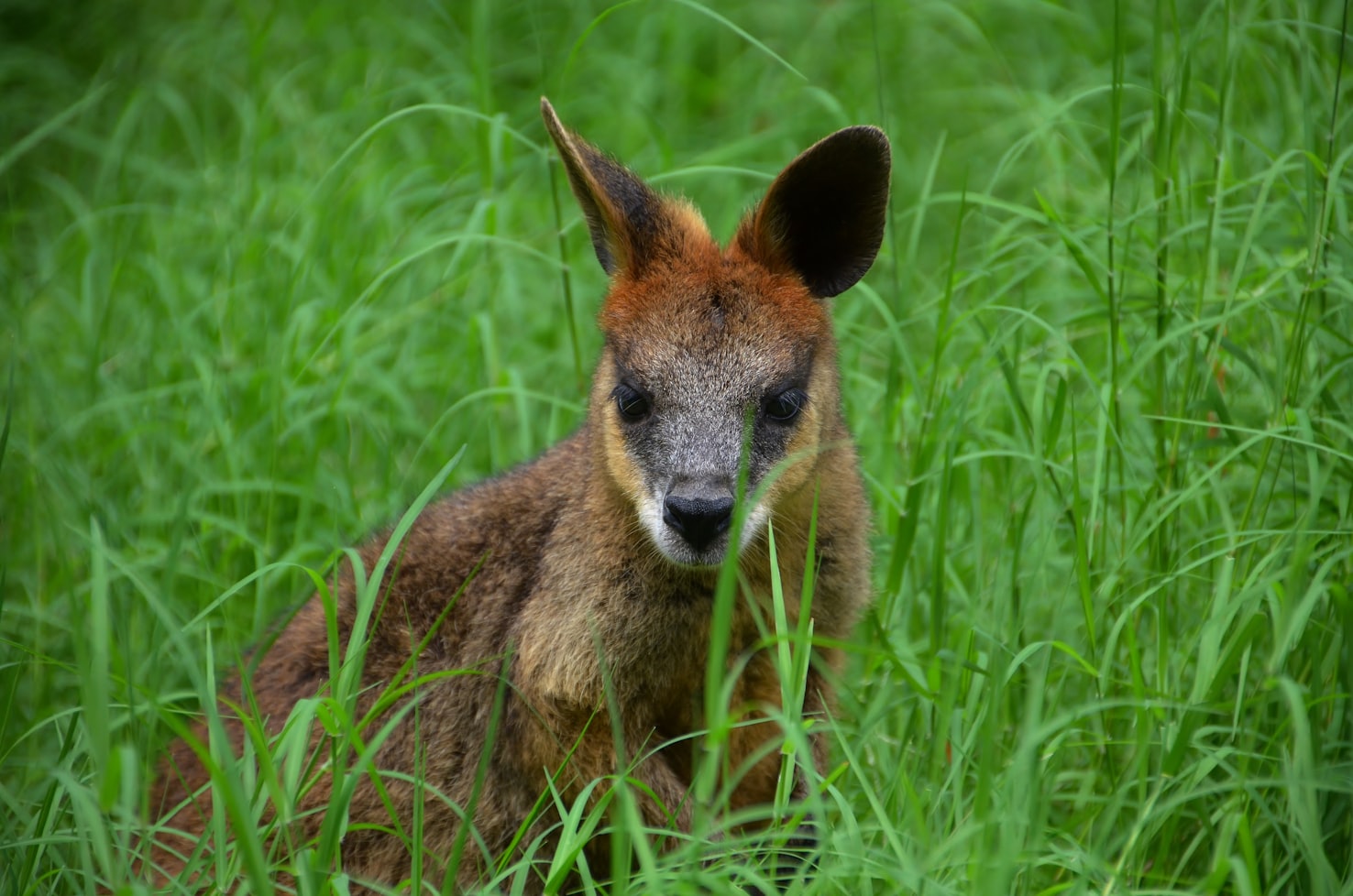
Quokka
Wombat
Bandicoot
Koala
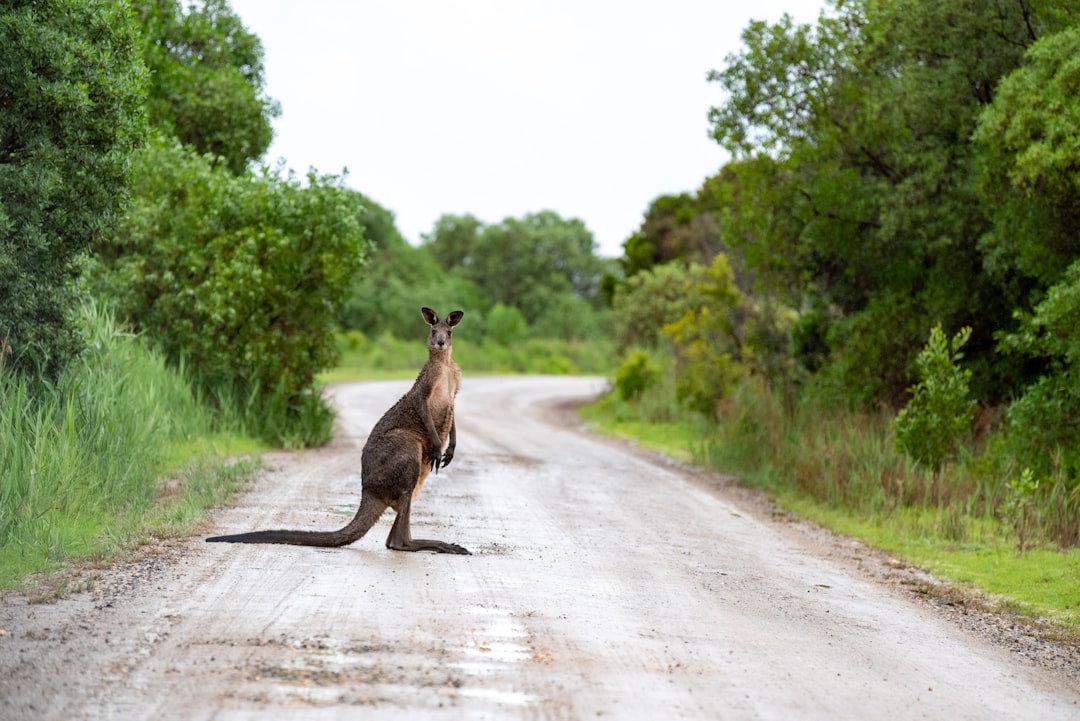
Marsupial Novice
Your marsupial knowledge could use some hopping practice!

Marsupial Enthusiast
You know a fair bit about Australia’s marsupials, keep up the good work!

Marsupial Master
You truly know your marsupials, hopping circles around the rest!


